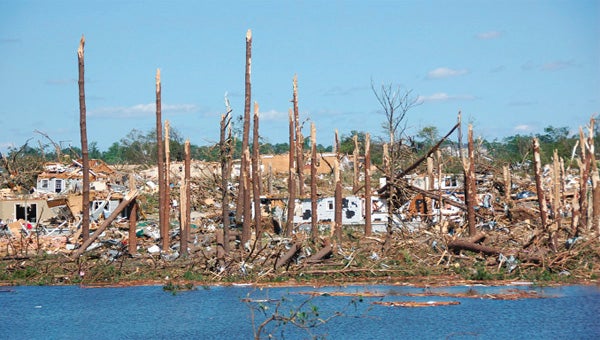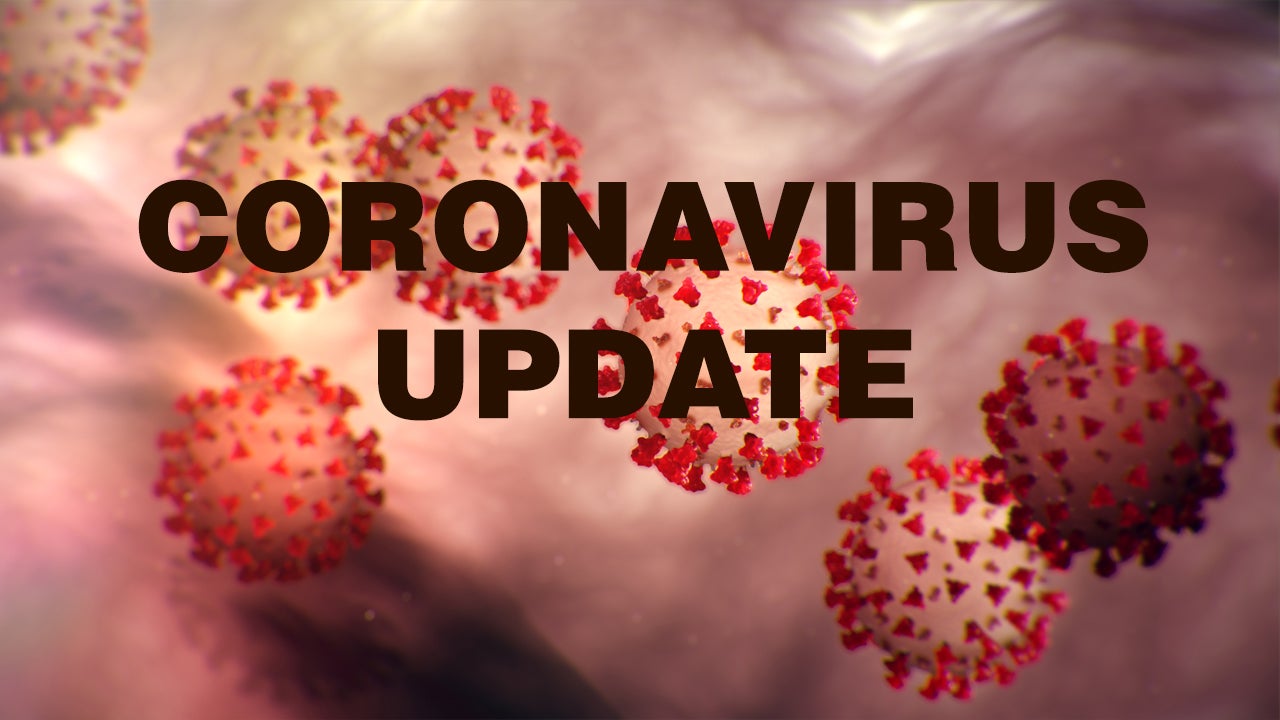What if it happened here?
Published 12:00 am Friday, May 6, 2011
With every picture that flashes across the TV screen and every story featured in newspapers, Covington County residents are reminded daily – if not by the minute – about how lucky we were to escape the catastrophic damage caused by the recent tornados.
Ask the residents in the Brooklyn Community and near the Covington Center Arena whose homes were heavily damaged, if not destroyed, by the Sat., April 16, tornado.
But what if last week’s North Alabama tornados had hit here?
County emergency management agency director Susan Harris explained how Covington County would go about its recovery process.
“Every disaster is different – from hurricanes to tornados and floods,” Harris said. “Which means how we respond to those disasters also differs.”
Once news is made available of an impending disaster, Harris said first and foremost, “Get safe. Get someplace where you feel like you and your family can be safe, and make sure you have some way of getting weather updates.”
• After it hits
The first thing EMA will do is establish an emergency operations center, she said.
“What that does is give emergency personnel, government personnel, everyone involved, a center point of reference,” Harris said. “It also gives the general public a place where they can call for the information they need.”
• The three basic needs
“First for EMA is to set up distribution points for water, ice and tarps in the hardest hit areas,” she said. “That’s where the Emergency Operations Center (EOC) comes into play. People report their damages to us, and we document it.”
Secondly, “stay off the roads,” she said. “I can’t stress that enough. We don’t know what’s happened out there until we have a chance to get out and survey the roads.”
• Know who to call, when to call.
“This is a key element after a disaster strikes,” Harris said. “There’s so much happening that the best way to handle it is to keep a list of important numbers on hand. This includes utility companies and your insurance company. So report damages to power lines, roads, bridges, houses, utilities and such as soon as possible.”
• Begin the recovery process
“While that sounds simple, it’s the most difficult thing,” Harris said. “First, don’t panic, and do your best to say informed. We give out information all the time, but people need to be responsible and take action and protect themselves.”
Harris said debris should be moved to the right-of-way and should not be blocking the roadway. Yard debris should also be separated from structural debris, she said.
“When a disaster strikes, the damage has to be mapped street by street,” she said. “That’s why it’s important to report your damage. It makes it easier on us to find, and it helps pave the way for FEMA assistance if it becomes available.”
Harris said to accomplish the things needed in the recovery process, it takes a team of volunteers.
“Take for example North Alabama,” she said. “The outpouring of support was phenomenal. I would expect no different if we were the ones hit, and donated goods are wonderful. But, when they’re on site and not handled well, it becomes a logistical nightmare. Those items that were meant to be helpful become a hindrance.”
She said that’s why she made a recent plea for volunteers for those who would assist in doing damage surveys to those who would help feed those involved.
“We need people here locally who are ready when disaster strikes – that goes from everyone from the regular citizen and homeowner to volunteers,” she said.




